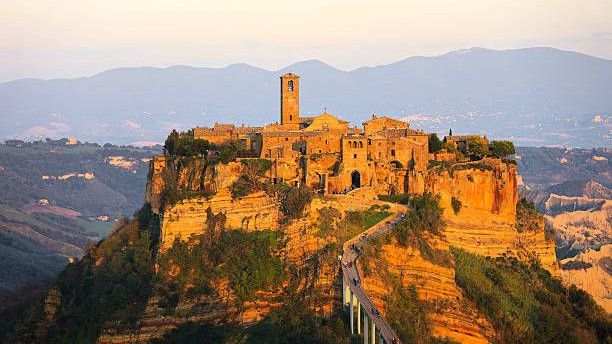The objective, according to the municipality, is to ensure the preservation of "a valuable heritage find", whose construction is estimated to have taken place between 4,000 and 3,000 years before Christ (BC), that is, more than 5 thousand years ago.
Archaeologist Luciano Vilas Boas, who coordinates the excavation work of the Oural mound on the ground, highlighted on the municipality's website that the surrounding area is extremely rich in terms of archaeological heritage, identifying the existence of three more megalithic monuments of funerary nature and a set of rock art in the surrounding area.
With this discovery, it is possible to confirm that there were "various populations" living in this area, located next to the lookout point on the limits of Ribeira do Neiva.












